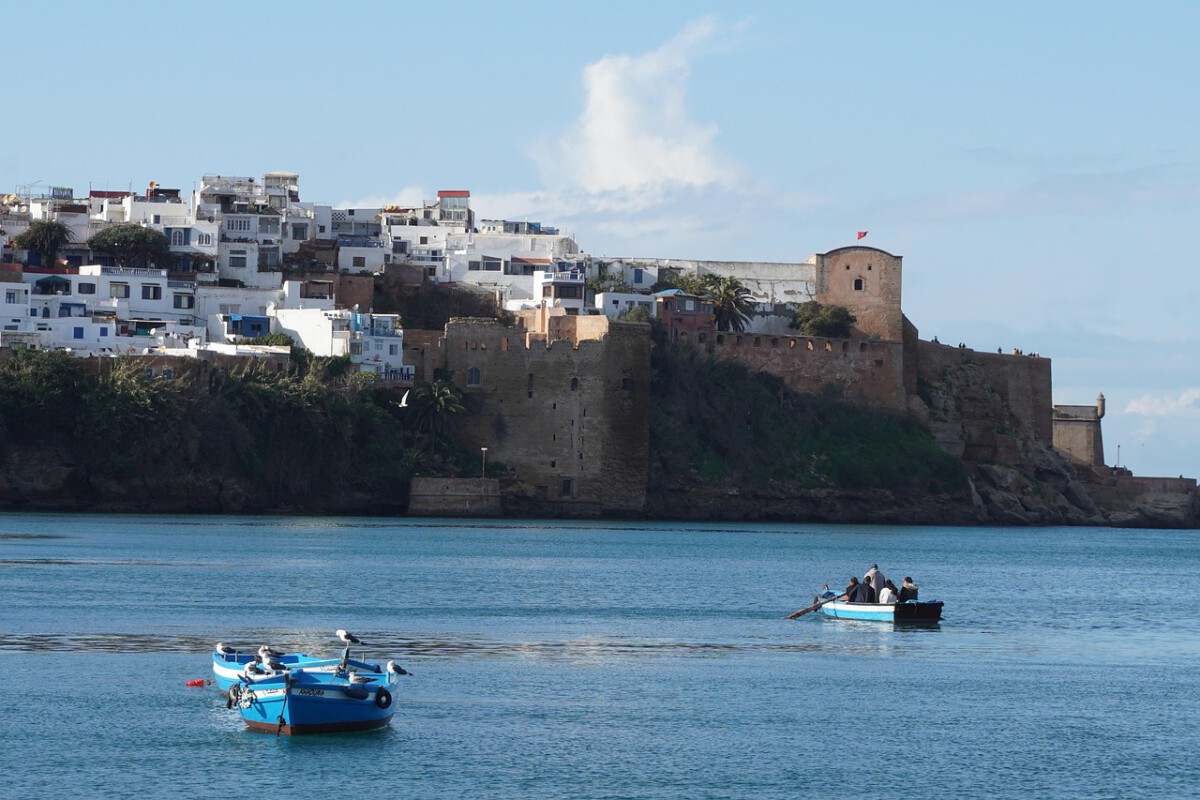Overview of the Trade War’s Reach

When former President Donald Trump launched a sweeping trade war, few expected the shockwaves to spread far beyond factories and farms. Yet, the ripples reached deep into the world of travel—an industry built on global exchange and connection. Tariffs on goods from countries like China triggered higher prices for everything from airline fuel to hotel furnishings. As the dominoes started to fall, travelers and tourism businesses alike began feeling the weight of these economic shifts. The international travel market, long praised for boosting local economies and promoting cultural ties, suddenly found itself tangled in the web of global politics. With travel hotspots from New York to Bali feeling the sting, the world watched as a political move turned into a real-world challenge for vacationers and workers. The story of how a tariff can change a travel plan is still unfolding.
Travel Costs on the Rise

The first place many travelers noticed the trade war’s impact was their wallets. Everyday items essential for travel—like suitcases, cameras, and even travel-size toiletries—became more expensive as tariffs drove up import costs. Airlines, facing higher expenses for imported aircraft parts and fuel, passed some of these costs onto passengers. According to the U.S. Travel Association, there’s been a noticeable 5% rise in travel costs since the trade war began. That means a family vacation or a quick business trip suddenly costs more, forcing many to reconsider their plans. Even tour operators and travel agents reported losing business from price-sensitive customers. As the price tags for fun and adventure climb higher, the allure of travel can lose some of its magic, especially for those on tight budgets.
International Travel Takes a Hit

The effects of the trade war didn’t stop at the border. International travel, especially between the U.S. and China, saw a dramatic decline. Tensions and fear of retaliatory measures made American tourists cautious about traveling to certain destinations. The National Travel and Tourism Office found that trips from the U.S. to China dropped by a stunning 10% in 2019 alone. This wasn’t just about politics—it was about uncertainty, safety, and the rising costs of overseas travel. Travel agencies specializing in Asia reported fewer bookings, and airlines reduced flights between key cities. International destinations that once relied on a steady stream of American visitors suddenly found their streets, shops, and attractions quieter than ever.
Airlines and Hotels Under Pressure

Airlines and hotels, the backbone of the travel sector, felt the squeeze in surprising ways. Tariffs on oil imports pushed up the cost of jet fuel, forcing airlines to hike prices or cut back on routes. Hospitality businesses, from luxury hotels to budget motels, faced higher bills for imported linens, electronics, and even cleaning supplies. The American Hotel and Lodging Association shared that hotel occupancy rates fell by 3% in 2019, a dip tied directly to shrinking travel budgets. Restaurants in tourist hotspots had to adjust menus and prices as imported ingredients became more expensive. For many businesses, the challenge of staying profitable in a changing market became a daily struggle.
Travel Industry Job Losses

Behind every hotel stay and airline ticket are real people whose jobs depend on a healthy travel industry. The trade war proved to be a tough blow for employment in this sector. The U.S. Travel Association estimates over 100,000 jobs have been lost because of reduced demand and higher operating costs. Layoffs hit not just big companies but also small businesses, from local tour guides to souvenir shop owners. In places where tourism is the main economic driver, these job losses have trickled down, affecting families, communities, and even local governments that rely on tourism taxes to fund services. The uncertainty created by the trade war has made job security a thing of the past for many workers.
Domestic Travel Grows in Popularity

As international travel became riskier and more expensive, Americans started looking closer to home for their getaways. The American Automobile Association found that about 70% of Americans planned to travel within the U.S. in 2020, a sharp rise from previous years. National parks, road trips, and small towns saw a surge in visitors. Some families swapped their dream of Paris or Beijing for a scenic drive through the Rockies or a weekend in Nashville. This shift helped keep parts of the travel industry afloat, but it also meant that global travel hotspots lost out on valuable tourist dollars. The trend toward domestic travel was driven not just by cost, but by a desire for certainty in an unpredictable world.
Travel Bans and Pandemic Complications

Just as the travel industry was grappling with the fallout from tariffs, the COVID-19 pandemic delivered another blow. Government-imposed travel bans and strict border controls compounded the pain. The World Tourism Organization reported that international tourist arrivals plummeted by 74% in 2020 compared to 2019. Airlines grounded planes, hotels closed their doors, and popular destinations became ghost towns. The travel bans intensified the impact of the trade war, creating a perfect storm that few could have predicted. Even as restrictions began to lift, the lingering effects of both the pandemic and the trade war kept many would-be travelers at home.
Government Recovery Efforts

Recognizing the crisis, the U.S. government stepped in with relief measures. The CARES Act provided emergency funding to airlines and travel-related businesses, offering a lifeline to struggling companies. However, many industry leaders argued that these measures were not enough, especially for small businesses and workers left out of broad stimulus packages. Some called for more targeted support, such as grants for tour operators or tax breaks for hospitality companies. The debate over how best to support the travel industry continues, with policymakers weighing economic recovery against budget constraints. The road to recovery remains long and uncertain.
Uncertain Future for Global Hotspots

The outlook for beloved travel destinations is filled with questions. Experts warn that it could take years for international travel to bounce back to pre-trade war levels, especially in regions heavily dependent on foreign tourists. Destinations like New York, Los Angeles, Paris, and Tokyo are reimagining their tourism strategies, focusing on attracting more domestic visitors or diversifying their offerings. Some places are investing in virtual experiences or eco-tourism to appeal to new markets. The challenge for global hotspots is to adapt quickly to a changing world while keeping their unique appeal alive. The path forward requires creativity, resilience, and a willingness to embrace change.
Lingering Economic and Cultural Impacts

The ripple effects of the trade war extend beyond economics—they touch the cultural heart of travel. Fewer international visitors mean fewer opportunities for cross-cultural exchange, learning, and understanding. Events and festivals that once drew crowds from around the world have shrunk or disappeared. Local artisans and performers find fewer customers for their crafts and shows. Some communities worry about losing their global identity as the flow of people slows. The economic pain is real, but so is the loss of shared experiences and connections that make travel so enriching.
Adapting to a New Normal

Travel hotspots are now at a crossroads, forced to rethink how they attract visitors and support their communities. Some have embraced technology, offering virtual tours or contactless services. Others are investing in infrastructure to make travel safer and more appealing when borders fully reopen. Businesses are partnering with local governments to develop creative marketing campaigns aimed at rebuilding trust and excitement around travel. The resilience of the industry is being tested, and only those willing to adapt will thrive in the new landscape shaped by global politics and public health crises.
The Enduring Lessons

The journey through the trade war’s ripple effect on travel is far from over. The lessons learned—about the fragility of global connections, the importance of adaptability, and the deep impact of political decisions—will shape the industry for years to come. The world is watching as travel hotspots pick themselves up, dust off, and chart a new course in a world forever changed by tariffs, pandemics, and uncertainty.






